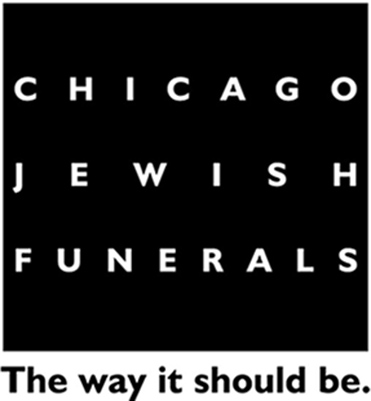Jewish Funeral Traditions
This section provides an overview of Jewish funeral traditions. For a more comprehensive look, download our guide, A Jewish Funeral.
Traditional preparation of the deceased.
If the family wishes, there may be the Tahara, the ritual washing and purification.
Traditional burial garments. The simple white garment is meant to signify that we are all equal in death and we are judged on our merits and deeds, not material possessions.
Traditional wooden casket. The wooden casket is designed to respectfully transfer the deceased to the cemetery for burial. Traditional caskets are only made from wood with no metal in their ornamentation or construction and are never manufactured on Shabbat or any of the Holidays.
Traditional Guardian.
Some families wish to have a Shomer, the Hebrew word for “guard”, to sit with the deceased until the time of the funeral. The shomer recites psalms and prayers for the deceased and may also study Torah on their behalf.
A complete list is available in our pamphlet, A Jewish Funeral.
Other Jewish Funeral Traditions
At some point during the funeral, a piece of clothing or a black ribbon is torn and worn as an expression of one’s grief. If the person is mourning the death of a parent, the ribbon/cloth is worn on their left side, over the person’s heart. All other relatives in mourning, which includes siblings, spouse and parents, wear the ribbon/cloth on their right side.
There is no rule that dictates Jewish tradition about children and funerals. Probably the one word that might guide a decision is “appropriate”. This is a personal decision that may change depending upon circumstances. For a more detailed discussion on this topic, download A Jewish Funeral.
Pallbearers may carry the casket to the grave. Some people follow the Jewish tradition that calls for the casket to stop seven times on the way to the grave. The clergy generally determines this.
After final prayers are said, the burial takes place. Here family and friends are invited to shovel earth into the grave. This final act helps mourners with acceptance and closure.
El Maleh Rachamim is then recited by the clergy. Mourners recite the Mourner’s Kaddish. The Kaddish is not a prayer of death, but a reaffirmation of life. This prayer is traditionally recited for 11 months less one day for parents.
After the burial, family and friends return home to “sit Shiva”. Learn more.
Each year on the Jewish anniversary of the death of a loved one, a Yahrzeit candle is lit to commemorate the memory of a loved one. If you are unsure of the Jewish date, contact Chicago Jewish Funerals.
We always send a Yahrzeit candle prior to the Jewish anniversary of a death. Families light the candle at home the night before because the Jewish days begins in the evening.
At the time of a burial, no tombstone is placed on the grave. It is a Jewish custom to erect a stone at a later date. Some wait until after Shiva; others wait a year. The ceremony, called Hakamat Matzeiah (raising the stone) is usually short.
The family may invite a few friends. The stone is covered with cloth until the “unveiling”. Psalms are recited along with a few thoughts of the deceased.
Meaning of words
A complete list is available in our pamphlet, A Jewish Funeral.
- Chevra Kadisha: A Hebrew phrase meaning “Holy Society”; a group of men or women who care for the deceased.
- Hesped: A Hebrew word meaning eulogy
- Kaddish: A Jewish prayer recited by the mourners in memory of the deceased.
- Kever: A Hebrew word meaning grave
- Kevura: A Hebrew word meaning burial
